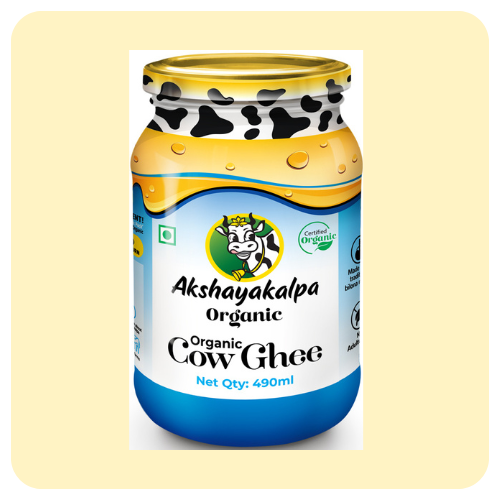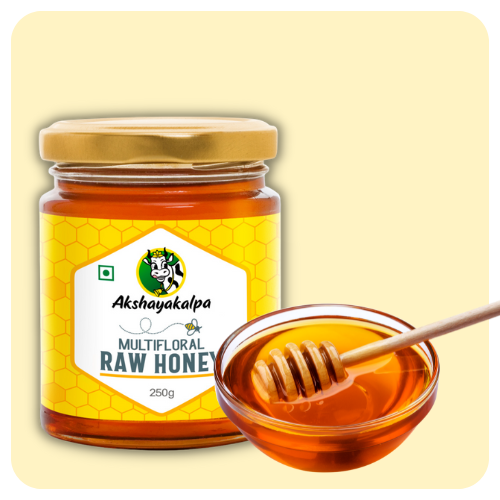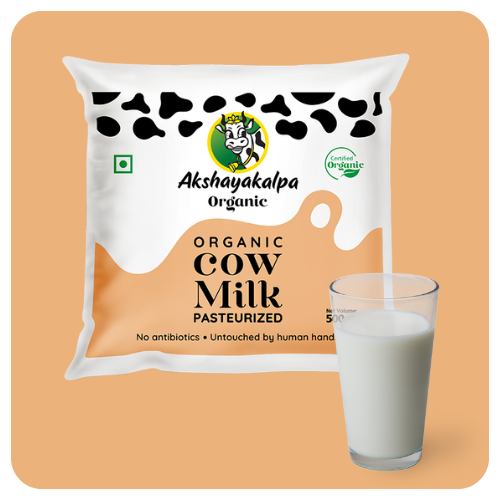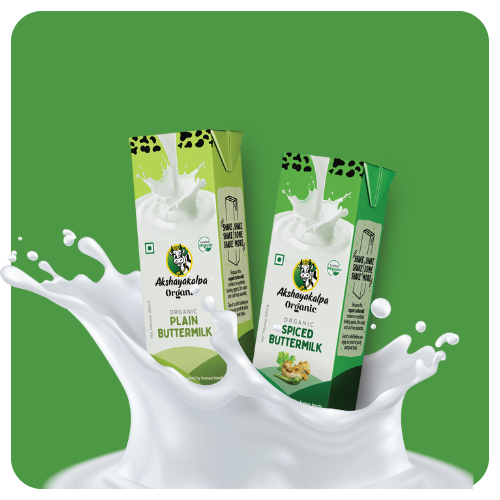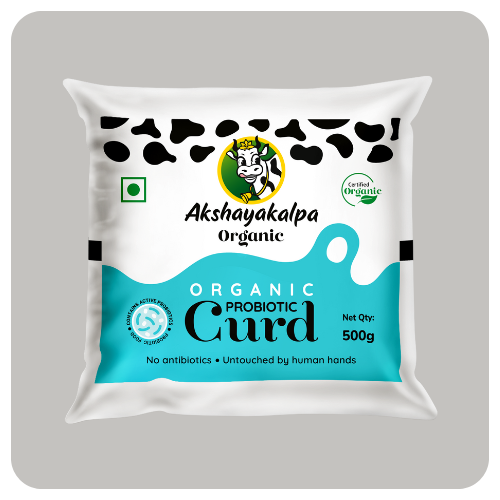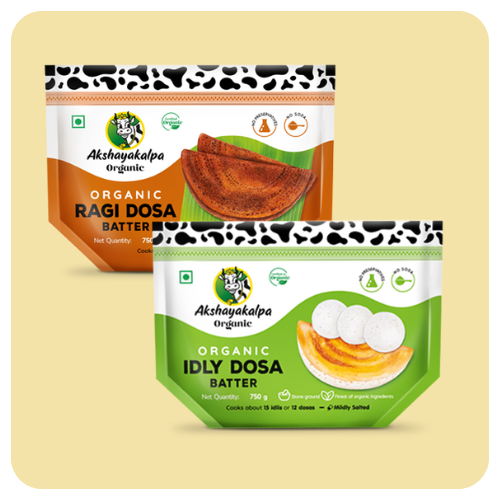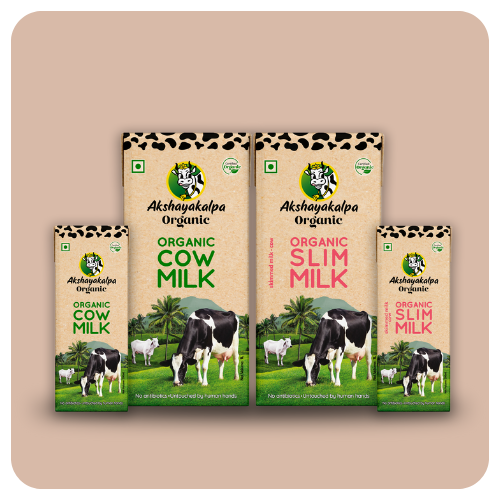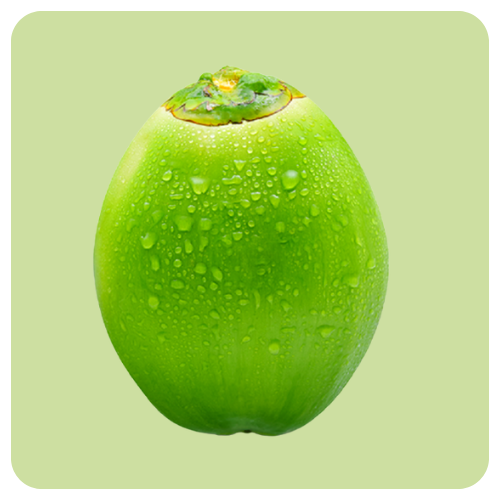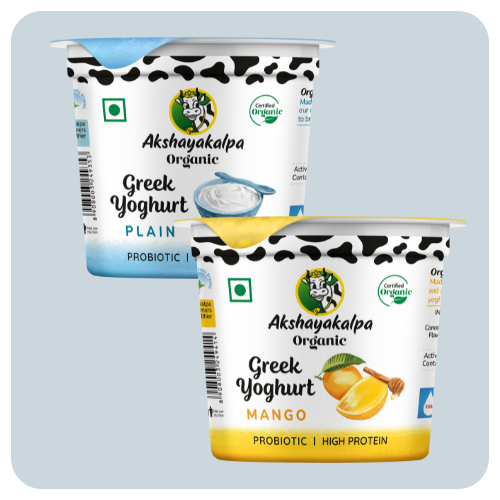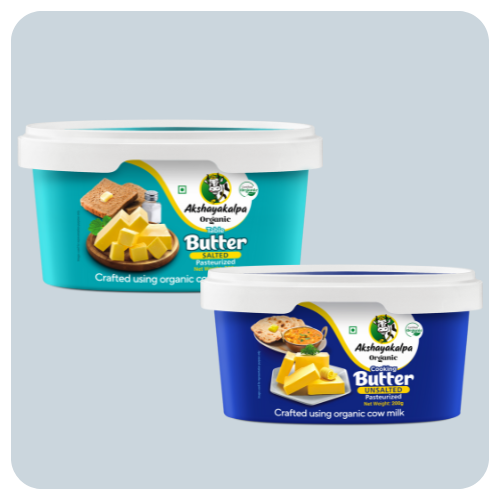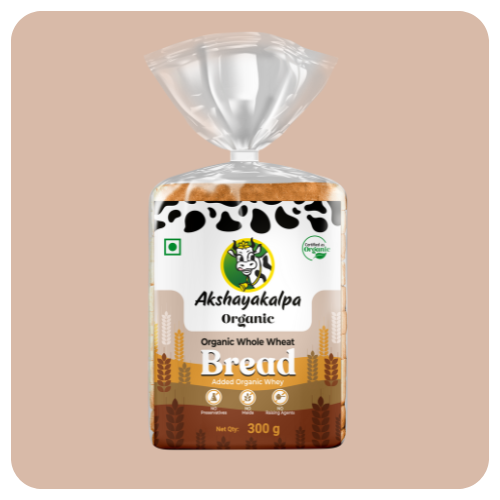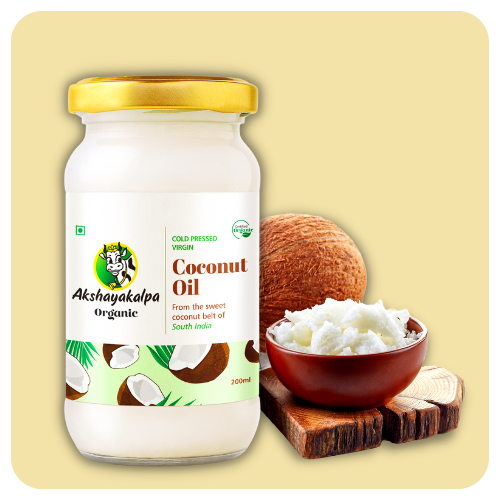Ghee-licious ways to store your ghee at home!
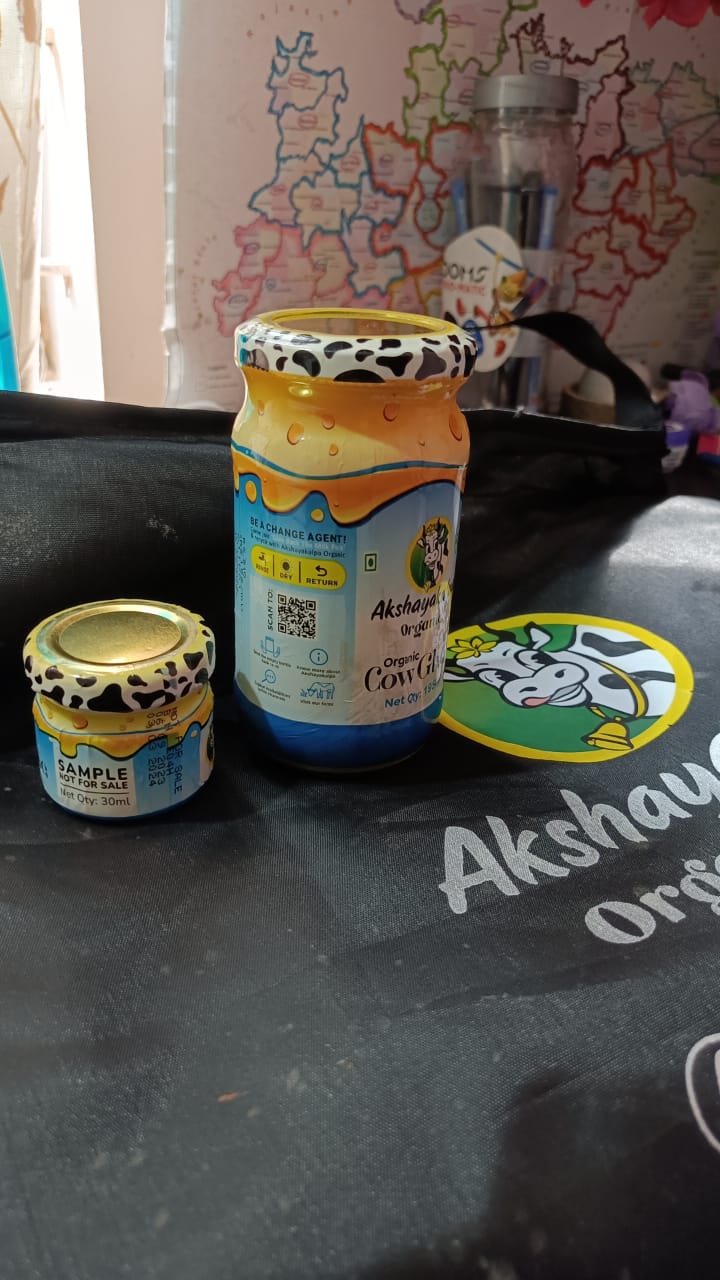
Ghee is ubiquitous to Indian cuisine, be it sweets or tadka over curries. Every kitchen in India will be home to a jar of ghee. From adding a dollop on our dal to the gazillion sweets loaded with ghee, Indian meals are hardly ever complete without a spoonful of ghee. This love for ghee is clearly visible in our supermarkets with shelves stocked up with a wide array of brands selling ghee. Traditionally, most households, especially rural households, used to make their own ghee which is still quite a popular practice in many parts of the country. Whether you make your own ghee or buy it from the supermarket, storing it safely ensures that you always have tasty ghee available in your pantry.
While ghee has a long shelf life because it has no milk solids, it can still go bad in several ways. For example, the ghee could develop discoloration. Discoloration can happen when container is not closed properly or not air tight and the ghee was exposed to moisture, leading to mould growth. If the ghee oxidises due to an exposure to air, light, moisture or heat, it can go rancid. Rancid ghee tastes sour, will have an unpleasant smell and will look white instead of the usual yellowish hue.
So, what are the ways one can store ghee in a safe and hygienic manner:
· Transfer the ghee to an airtight glass container
Whether you are making your ghee at home or buying your favourite ghee, transferring the ghee to an airtight glass container helps keep the ghee safe and tasting fresh. Plastic packaging, be it jars or packets or pouches, are notorious for leaching microplastics. The presence of microplastics in our food and beverages are wreaking havoc on our bodies. Glass, meanwhile, does no such thing. The thick walls prevent air from spoiling the ghee, keeping it fresh and its nutrients intact.
It is also important to use clean, dry spoons when scooping ghee from the bottle. Moisture is one of the key reasons food spoils and other food particles can contaminate the ghee. This not just reduces the quality of the ghee but also destroys the naturally-occurring nutrients.
· Refrigerate to extend shelf life further
It is not just perfectly safe to refrigerate ghee, it is recommended because it extends the shelf life significantly. Much like coconut oil, ghee will solidify at lower temperatures. You should still be able to scoop the ghee once out of the refrigerator. Warm it mildly to use in liquid form and enjoy the divine aroma and delightful taste.
· Freeze for long-term storage
Freezing will, in theory, extend the shelf life of food indefinitely. The same applies to ghee as well. In reality, there will be a slow degradation of quality over time. So, in case you make excess ghee which you know you will not use in a shorter span of time, it is wise to freeze it until you need to use it. However, you should avoid refreezing the ghee as it can cause freezer burn. When you are ready to thaw the ghee, you should transfer the ghee to the refrigerator overnight. Ensure that the container you put the ghee in is freezer safe.
To enjoy the benefits of fresh ghee every time, bring home Akshayakalpa Organic Cow ghee. Akshayakalpa Ghee is made from pure organic cow milk fat that is churned into butter following the traditional Bilona method. It is then carefully melted over a low flame to give you ghee with superlative taste, warm inviting aroma and perfect granular texture in every spoonful.
